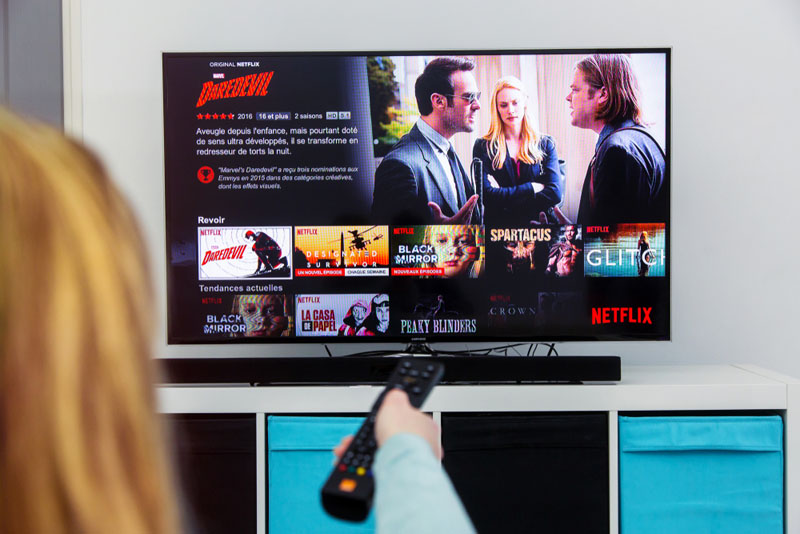
Netflix presentation at RecSys conferences always attract a lot of attention. This year was no different. Netflix presented several papers and in today’s article I’d like to discuss the presentation given by Fernando Amat on artwork personalization. We know that ca. 75-80% of all what is consumed on Netflix comes from recommendations. Pretty much everything is personalized on a Netflix homepage : the item on the top of the page, the order of the rows, the items in the rows, the texts, …… It may seem that there was nothing to personalize … well, the teams of Netflix are never short on ideas as this presentation proves. In today’s article we’ll briefly present how artworks personalization works, the benefits and weaknesses, and touch upon a possible application for escaping filter bubbles.
Personalizing artworks at Netflix
What is called “artworks personalization” at Netflix is the recommendation made for each user of a particular picture to illustrate a recommended movie. A specific algorithm chooses 1 picture among 9 possible and uses it as a visual decision aid for the user. Netflix’s intention is to help the user decide whether or not he will enjoy the recommended movie.
Results
Different methods have been tested. Offline evaluation shows that contextual bandit gives better results (for a good introduction on multi-arm bandit and contextual bandit, read this article). Artworks personalization has been deployed on over 130m users and has proved to be effective for the discovery of lesser known titles.
Shortcomings of the method
Images must be prepared by graphic designers. The process is time-consuming and Netflix is looking into automating the creation process. From a methodological viewpoint one important weakness of the analysis is that it’s nearly impossible to evaluate results all things being equal. As explained in the presentation below images are chosen based on the set of rules. The images must be
- Representative to avoid clickbait
- Differential
- Informative
- Engaging
Yet, those criteria are not measured objectively. I discussed this point with Fernando who told me that designer have some kind of implicit guidelines they follow. Let’s illustrate the weakness of the methodology with one simple example. In an ideal world all images should be equally representative, differential, informative and engaging. Imagine that one image among the nine is more engaging than the other. It may create a presentation bias that will nudge the user. The absence of control on the 4 independent variables above therefore means that the effect of the selection algorithm can’t be measured accurately. While I understand Netflix’s intention, I believe that this shortcoming need to be addressed before results can be validated and the gain of the algorithmic recommendation method measured.
Benefits of artworks personalization for the promotion of diversity
One aspect of artworks personalization has nevertheless caught my attention: its potential for nudging people towards certain choices. If displaying the right image can make an item more attractive, why couldn’t we use that “trick” to expose the user to new types of items which he wouldn’t have consumed otherwise. This seems to be supported by the findings shared during RecSys that artworks personalization benefits lesser known titles. This would be especially beneficial for firms whose users suffer from filter bubbles or whose mission is to expose the user to diversity. This idea is a nice complement to my keynote presentation at RecSys where I called for a new conceptualization of filter bubbles.
image: shutterstock
Posted in Big data.

